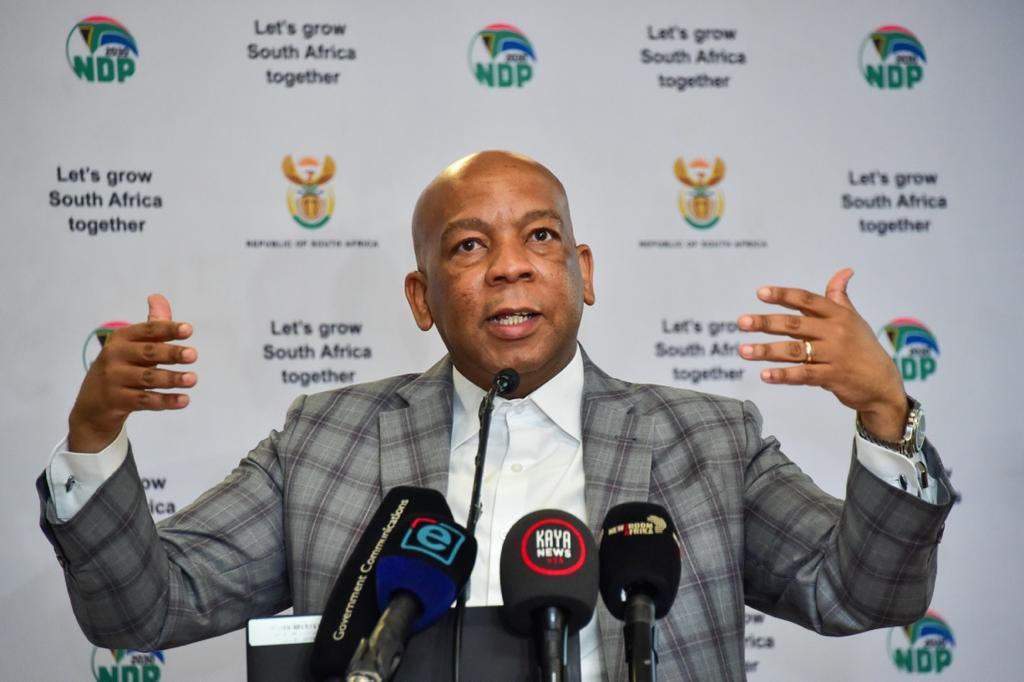Johnathan Paoli
Minister in the Presidency for Electricity Kgosientsho Ramokgopa has said the reason for the country’s sudden plunge into Stage 6 load shedding was due to the rapid implementation the power utility has facilitated in order to undergo maintenance.
Ramokgopa was briefing the media on Sunday updates on the performance of the grid, in light of the escalated levels of blackouts, after Eskom announced that Stage 6 blackouts will remain in force until further notice.
Ramokgopa said that load shedding stages were unfortunately the price to pay for being meticulous and insisted that this strategy would eventually lead to improved grid performance.
“It’s important that we do the right thing, that we’re able to improve the health and the performance of these units, we need to invest in them. There’s a short-term pain and long-term gain, so we accepted that,” the minister said.
Ramokgopa said during the period of November, a cluster of units failed and admitted that the utility had failed to effectively implement a buffer that would ordinarily be set up in situations of heightened levels of maintenance, as the main reason for the country being put on stage 6.
The minister said that once maintenance was complete, a healthier and more sustainable cluster of units would be up and running.
In addition, Ramokgopa reiterated President Cyril Ramaphosa’s Sona remarks and said that Eskom’s fight against load shedding was coming to an end soon.
“In December we outperformed the summer plan to fight load shedding; there is indeed light at the end of the tunnel,” the minister said.
However, opposition parties and South African households who are feeling the brunt of power outages of up to 11H00 a day under Stage 6, have expressed doubts in the ruling party’s ability to effectively make the load shedding crisis a matter of the past, and suspect that the inability was deliberate.
Energy expert Mthunzi Luthuli said in the more than fifteen years of load shedding, it seemed that it was a manufactured problem in order to bring the private sector into Eskom.
“If Eskom was working perfectly, the reason for bringing in the private sector disappears, in order to bring them in Eskom must be made to under-perform, so the problem is deliberate,” Luthuli said.
His voice joins several others in describing the crisis, not as an engineering, infrastructural or logistical problem, but as a political one.
INSIDE POLITICS



